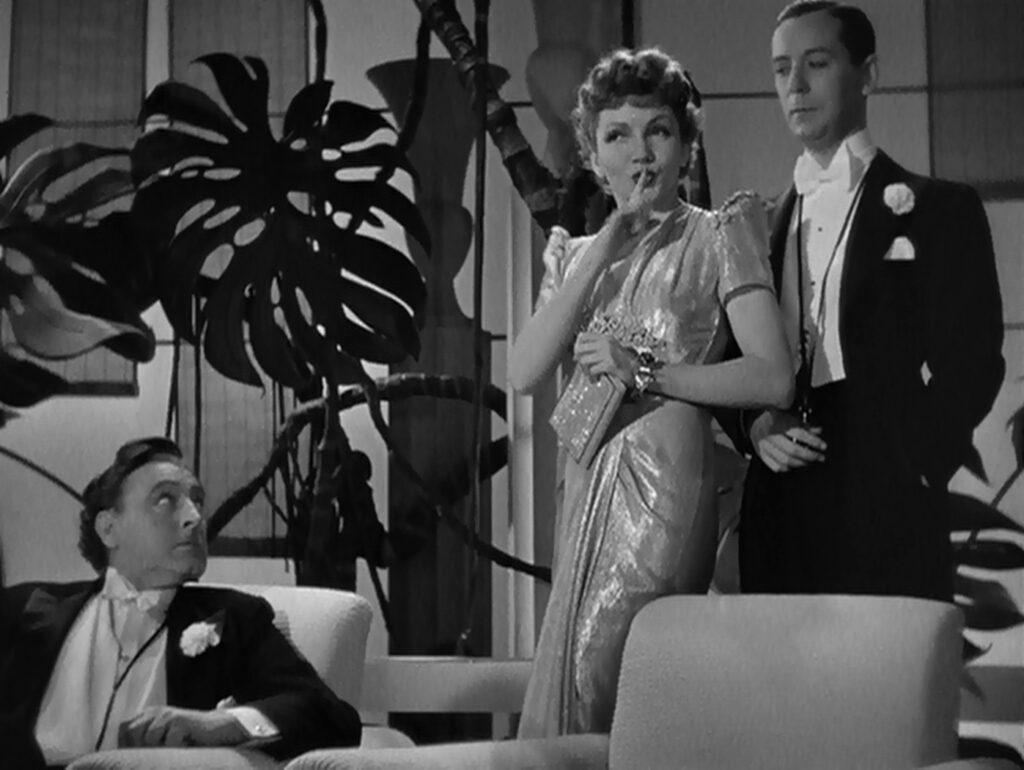
Midnight
1939, directed by Mitchell Leisen
A young woman named Eve Peabody arrives in Paris one evening by train. Unfortunately she’s all alone with nowhere to stay and nothing to her name but a purse with 25 centimes and an evening gown, and it’s pouring outside. Fortunately a kind taxi driver offers to take her around all evening looking for a nightclub job. Unfortunately she doesn’t sing well enough to find work, so she gives up, declining the taxi driver’s offer to stay in his apartment. Fortunately she finds a place to stay dry, crashing a high society party by passing her pawnshop ticket off as an invitation card. Unfortunately she joins the losing side of a bridge game, leaving her 4200 francs in debt. Fortunately a wealthy man, Georges Flammarion, has been watching her and slips the money into her purse. Unfortunately she has to continue her charade and finds herself taken to the Ritz by a wealthy lothario named Jacques Picot, unable to reveal that she is not the Baroness Czerny she claimed to be. Fortunately Flammarion has hatched a plan for her, and there’s an empty room at the Ritz already paid for in her name, with a full wardrobe for the days ahead.
This pattern of alternating fortunes gets a little bit less regular as the movie goes on, but it holds until the end. In fact it’s even implied that it extends backward. We’re told about Eve’s humble childhood in Kokomo, her aborted career as a chorus dancer, her series of relationships, her travels in Europe, and her attempt to win at roulette in Monte Carlo. A roulette wheel, incidentally, reflects the same pattern with its alternating red and black pockets.
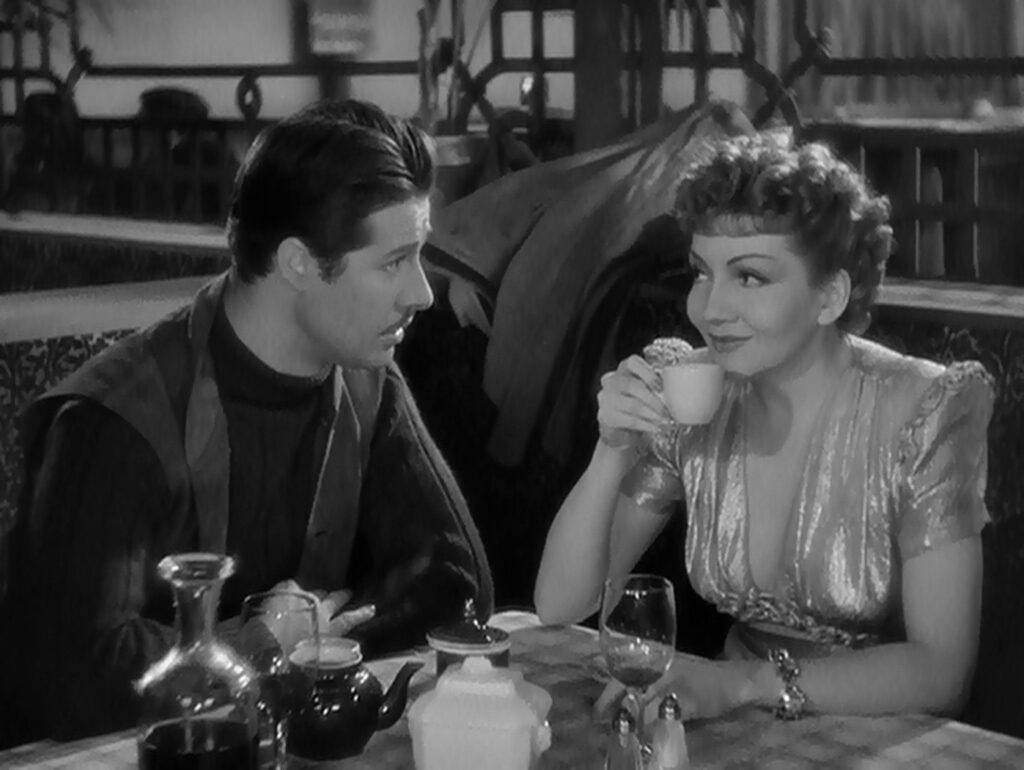
Once this pattern begins, it’s not hard to keep it going. The real challenge is to put on the brakes and end the film. The swings of fate are like a perpetual motion machine, and stopping it can feel like jumping off a moving train. Midnight ends happily on the prospect of marriage, but to get there it has to throw a wrench in the gears, and Tibor’s mad act before the judge feels more forced than the preceding incidents.
The movie’s idea might sound predictable or formulaic in its summary, but anyone who’s watched Midnight must know that it doesn’t feel that way. One never knows how long each turn of fate will last, or how the next upturn or downturn will arrive. As programmatic as it may seem, the cycle of ups and downs is remarkably lifelike. The hidden structure may look like a recipe for constructing a story, but Midnight is more than that – it’s a kind of recipe for nothing less than how to live well in a world that’s adverse as often as it’s favorable.
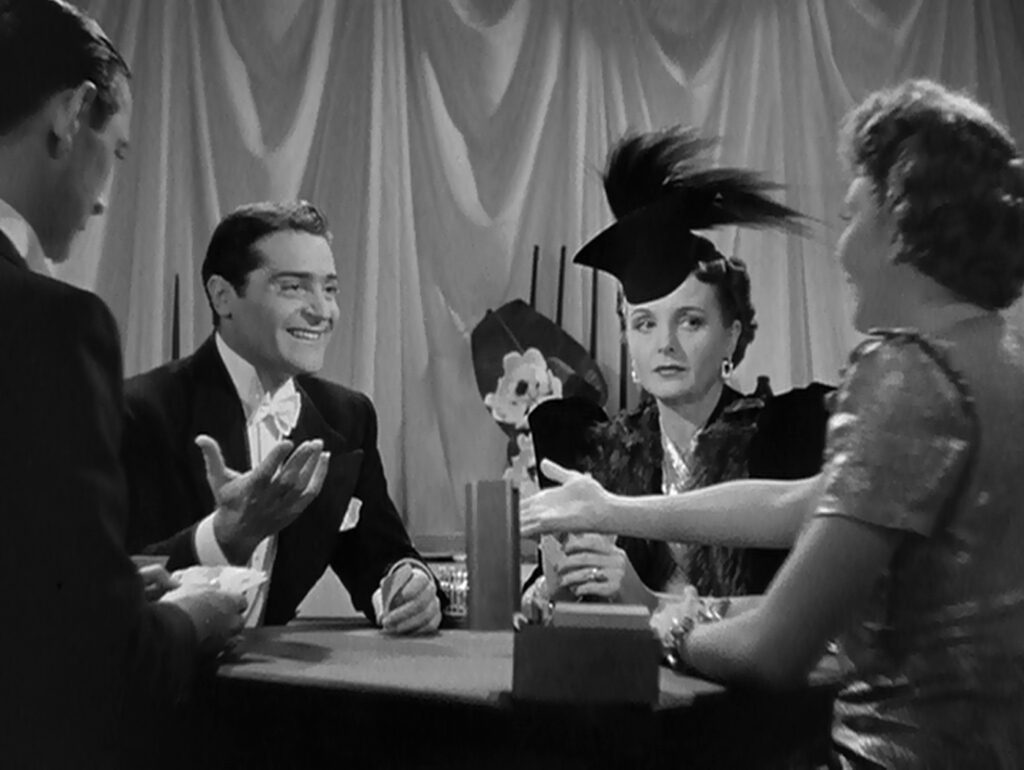
To say that constant reversals of fortune are a universal pattern of life is not to say that actions don’t matter or that everyone is equally fortunate. Instead of viewing life as one long arc of success or failure, the movie sees it more realistically as a series of smaller ups and downs. The point of Midnight is the attitude to life that Eve displays, expertly riding the ups and downs to her advantage. Most people are disappointed when they don’t get what they want, but Eve isn’t ruined when, for example, she discovers she isn’t good enough to be a singer. She shrugs off her rejection, and her failure is as trivial to her as it is to the plot. In a world where good and bad fortune mingle so unpredictably, the key to living well is to ride the ups and downs with good spirits, taking the good turns with gratitude and finding opportunity in every misfortune.
Midnight was made as the Great Depression was drawing to its end, and the movie’s wisdom didn’t come cheap – it was forged through years of collective hardship. Contemporary audiences would have sympathized with a woman of modest origins with only a few cents to her name who succeeds by dint of her good character. Tibor’s assertion that his cabdriver’s income makes him a rich man reflects the egalitarian values of the time. Most of the film is set among extreme wealth, but ironically that’s typical of the 1930s, whose audiences found it reassuring to think that the wealthy had problems like their own. More to the point, Midnight reminds us that money does not buy anyone an exemption from the perpetual up-and-down ride that defines life itself.
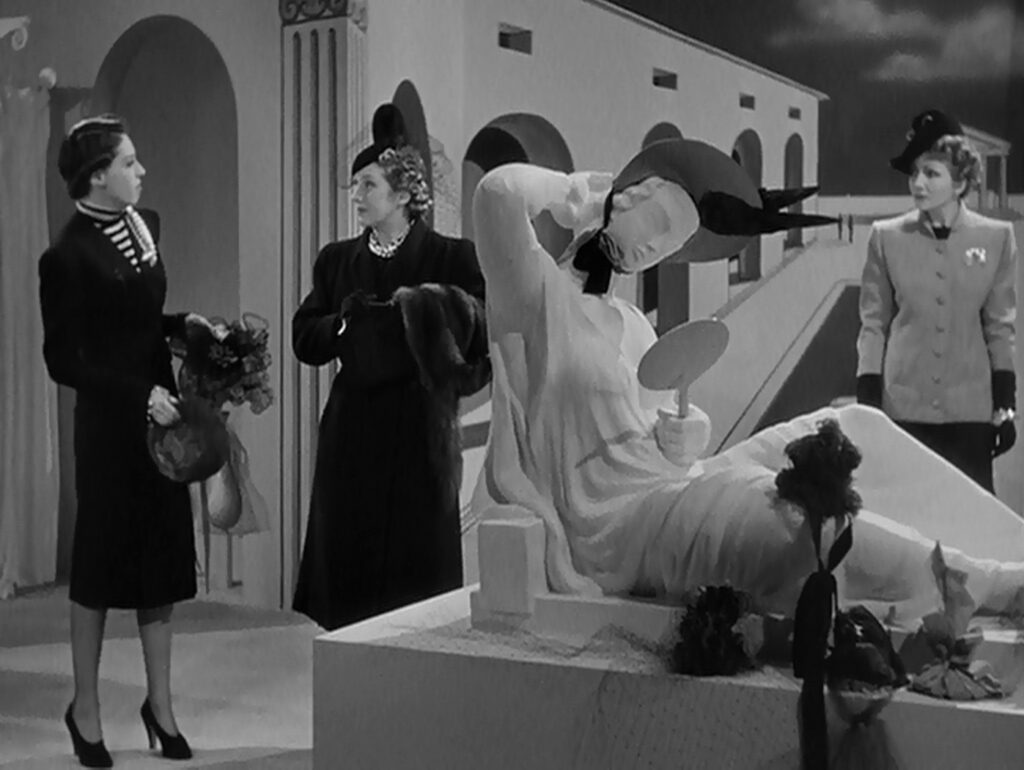
Throughout the Depression, Hollywood movies had helped audiences to cope with hard times, and Midnight is like a culmination of 1930s moviemaking, both in its production and in its uplifting life lesson. Although made by Paramount Pictures, its polished script, stylish art direction, all star cast, and upper class milieu owe much to the influence of Irving Thalberg at MGM. Although its characters lie, cheat, scheme, and manipulate each other, Midnight is generally free from the dark intentions and troubled psychology that would characterize movies made during and after World War II. The only violence is a comical fight between Tibor Czerny and a random man whose wife is dressed like Eve, and the only deviations from normal psychology are when Tibor pretends to be insane. The light tone insinuates that underneath all the conflict there’s a fundamental harmony among the characters. This social cohesion was typical of Depression-era movies, and Hollywood studios felt a responsibility to promote it. Midnight puts family ties above wealth, and like so many movies and novels of the time, it culminates in marriage. Fitting the overall pattern of reversals, Eve and Tibor turn directly from divorce court to the marriage license bureau. They’re not alone in their reversal of fortune; Georges and Helene are reconciled at the same time.
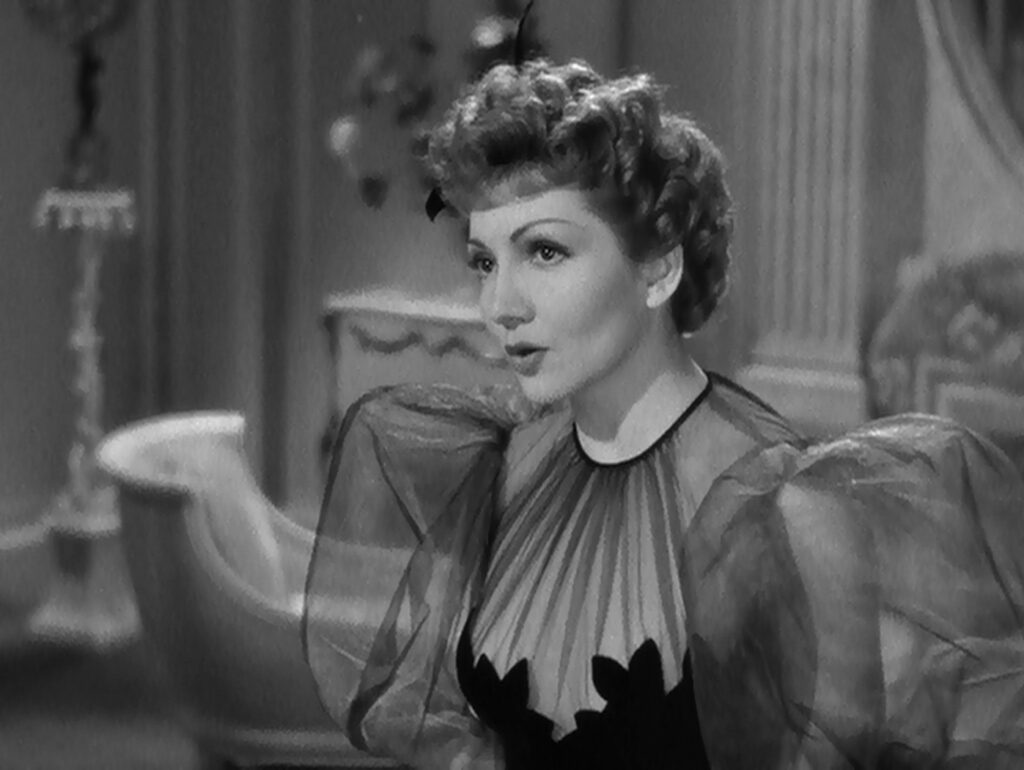
Midnight was not the only movie of 1939 that so thoroughly summarized the wisdom of the Great Depression, or that represented a summit of 1930s moviemaking. The Wizard of Oz was released five months later, but the two movies are close in their philosophy and characterization. Both teach appreciation for whatever one already has. Tibor knows he’s wealthy enough already, and Dorothy comes to value her simple home life with all its troubles. Like Dorothy, Eve is an innocent young woman from the American heartland who meets three men on a journey through a foreign land. Like the lion who ultimately proves his bravery in Oz, Tibor has a surfeit of courage. He rallies the cab drivers of Paris to find Eve, he starts a fight, and he challenges high society at Versailles, posing as a baron just as the Lion pretends he’s a king outside the Wizard’s room. Like the Scarecrow, Georges Flammarion has an excess of brain power, always thinking fast and hatching a successful plan to win his wife back. Like the Tin Man, Jacques has an abundance of heart, so that he can’t help falling in love again and again. Midnight doesn’t need fairy tale creatures like witches, wizards, or flying monkeys to work its magic, finding magic instead in the almost inevitable ups and downs of life.
The movie does however allude to one particular fairy tale. Like Cinderella, Eve is a poor woman who’s suddenly welcomed into high society, but her transformation is not secure until she gets married. The dialogue first hints at Cinderella when Eve likens Tibor to the Fairy Godmother and his taxicab to the pumpkin coach, and again at the ball when Eve says that “Every Cinderella has her midnight.” The chief allusion though is in the movie’s title. Midnight is when Cinderella’s fortunes first shift downward – she turns back into a poor maid, and her elegant clothes turn back into rags.
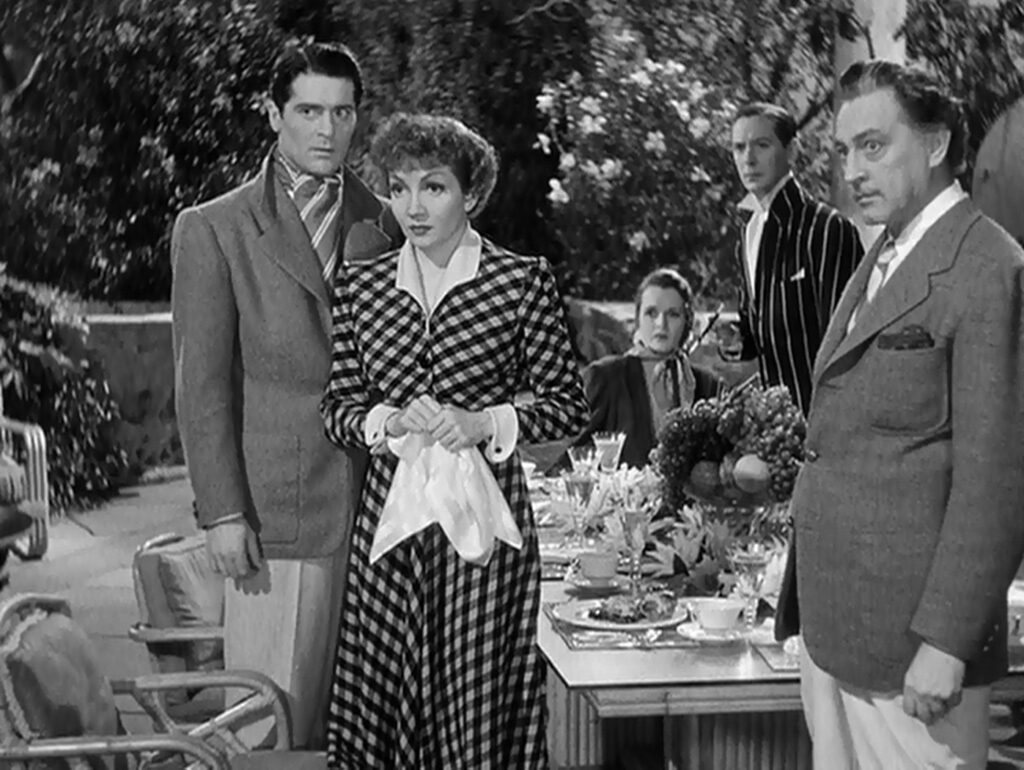
Midnight doesn’t identify the moment of its title precisely, but the hour’s counterpart during the grand ball is when Tibor arrives as Baron Czerny to save Eve just as Helene and Marcel are about to expose her. Unlike the fairy tale, midnight here represents a positive turn for Eve. Whereas Cinderella embraces midnight’s reputation as a dark and ominous moment, the movie reverses the stereotype. The point is not to replace one superstition with another, but to change our attitude toward darkness itself, to see the dark times in our lives not only as inevitable but as part of a larger process that makes life worth living. Whatever fortune it brings, midnight is the start of a new day, another chance for life to right itself or to present a new challenge.
CONNECTIONS:
The Wizard of Oz – Woman from the American heartland traveling in a foreign land meets three men who possess surfeits of brains, heart, & courage
Sunset Boulevard – Commoner gains entrance to the world of the rich through a misunderstanding; reversals of fortune imply faith in life
Roman Holiday – Cinderella allusions: lost shoe, princess, fits into clothes, offhand reference to the fairy tale; fairy tale reversed
Barry Lyndon – Ups and downs of fortune; faith in life (in Midnight) vs. cheating (in Barry Lyndon)
Run Lola Run – Prescription for living well based on a general pattern found in life
The Martian – Recipe for living well, even in adverse circumstances